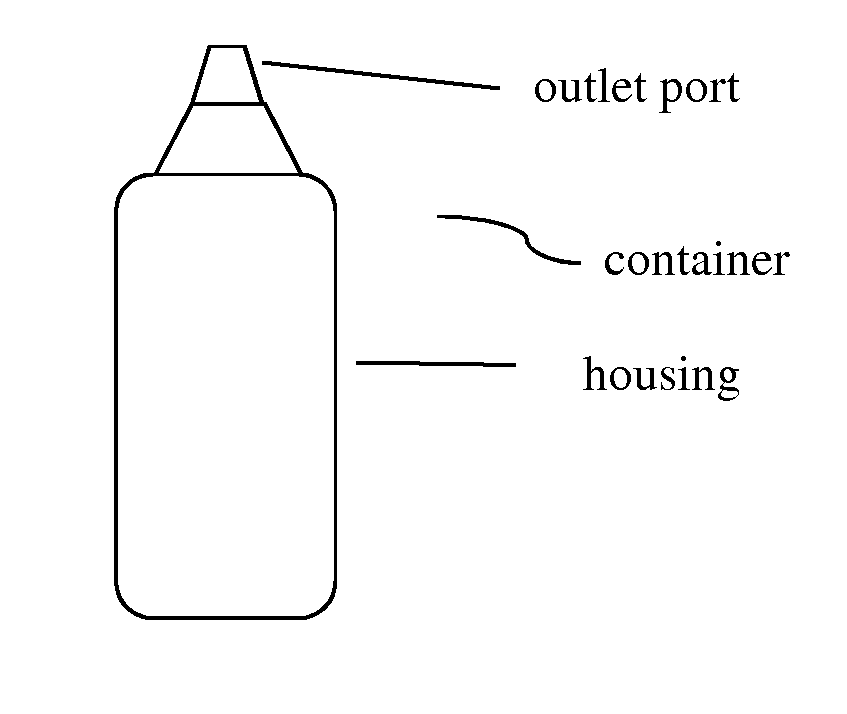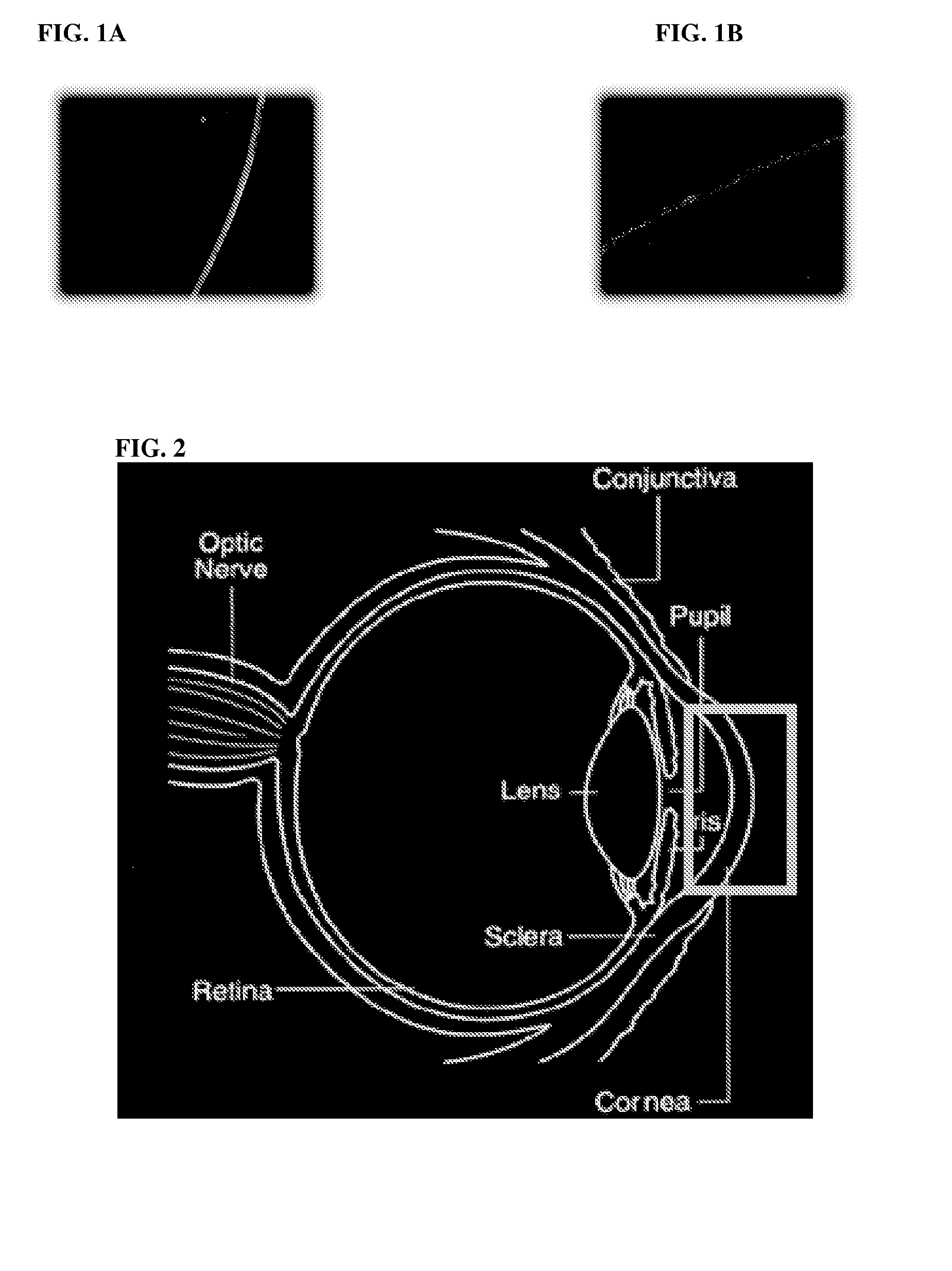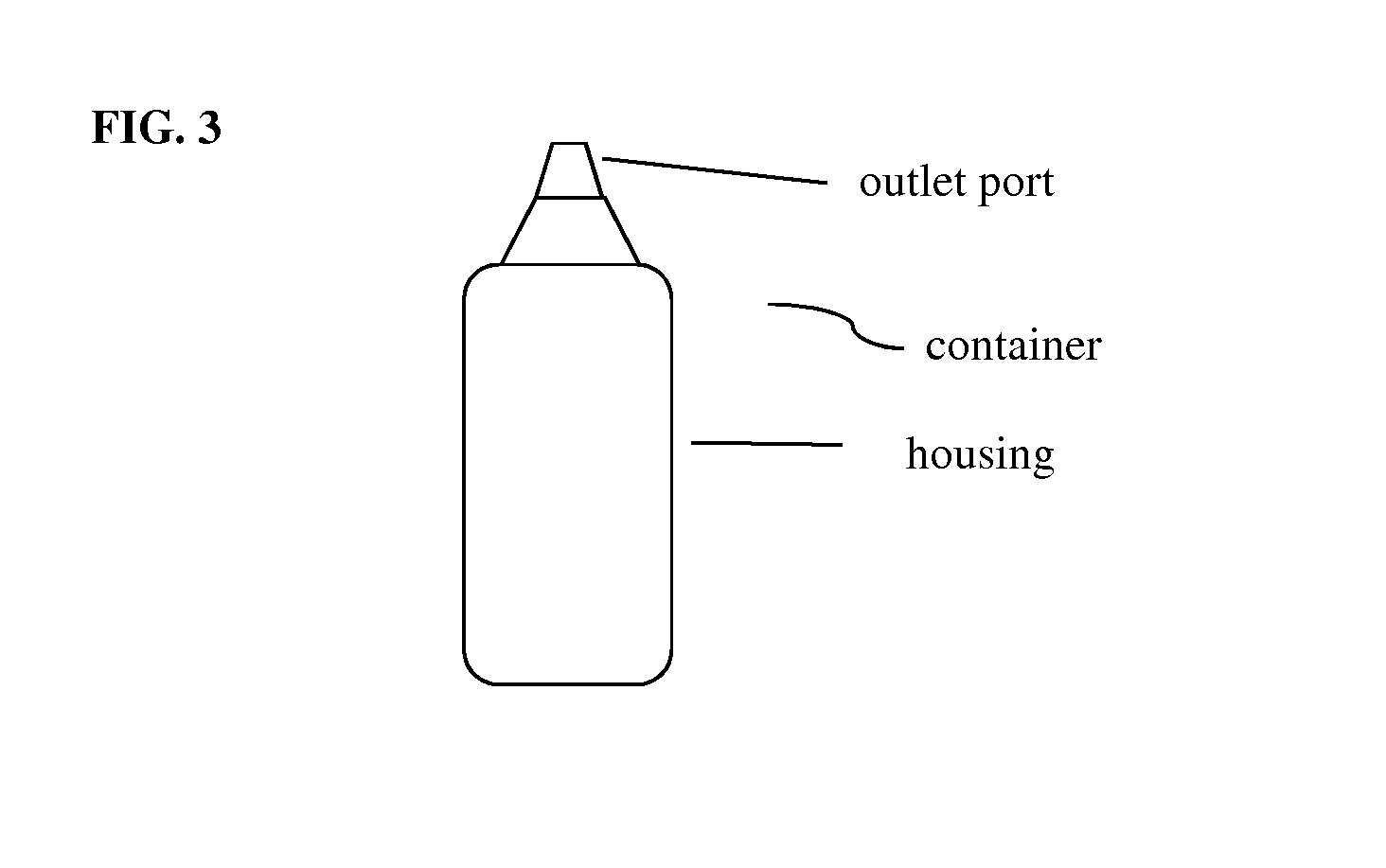Composition and method for corneal proliferation
- Summary
- Abstract
- Description
- Claims
- Application Information
AI Technical Summary
Benefits of technology
Problems solved by technology
Method used
Image
Examples
examples
Effect of MS-818 in Cornea Regeneration
[0021]MS-818 (2-piperadino-6-methyl-5-oxo-5,6-dihydro-(7H) pyrrole-[3,4-d]pyrimidine maleate) was discovered herein for its capacity to promote proliferation of endogenous stem cells in host organisms. Broad proliferative effects have been identified herein in multiple tissue types. Further, MS-818's effect on tissue regeneration in the cornea has never heretofore been discovered. In a series of controlled experiments, MS-818 was administered via ophthalmic drops to animals divided into three dosage groups and a control group. MS-818 was tested for its effect on cornea regeneration both in the presence and absence of injury. Preliminary results show a marked increase in proliferation in the non-injured eyes for those animals exposed to the drug over those in the non-drug receiving control group. Therefore, it has been identified herein that subjects with a broad range of corneal diseases or injuries benefit from the use of this non-invasive cor...
experiment 1 -
Experiment 1-Materials and Methods
[0022]Surgeries were performed to remove the left lachrymal gland from sixteen rats. MS-818 was then administered via ophthalmic drop to both eyes of twelve of the rats divided into three dosage groups, 1 mg / ml, 3 mg / ml, and 10 mg / ml. The remaining four rats served as a control group, receiving drops of phosphate buffered saline. The compound was administered three times over a period of three days. BrdU was administered during this time via intra-peritoneal injection. Rats were euthanized seven days after the first compound administration and underwent perfusion. Eyes were sliced in twenty micron slices using a cryostat. The slices were mounted on glass slides. The slides were then stained with monoclonal mouse anti BrdU primary antibody to test for the incorporation of BrdU into nuclei. TRITC conjugated donkey anti mouse secondary antibody was used to detect the primary antibody. Slides were stained with DAPI to visualize the nuclei. Images were c...
experiment 2 -
Experiment 2-Materials and Methods
[0025]According to another example similar to experiment 1, surgeries were performed to remove the left lachrymal gland from sixteen rats. MS-818 was then administered via ophthalmic drop to both eyes of twelve of the rats divided into three dosage groups, 100 μg / ml, 300 μg / ml, and 1 mg / ml. The remaining four rats served as a control group, receiving drops of phosphate buffered saline. The compound was administered three times over a period of three days. BrdU was administered during this time via intra-peritoneal injection. Rats were euthanized seven days after the first compound administration and underwent perfusion. Eyes were sliced in twenty micron slices using a cryostat. The slices were mounted on glass slides. The slides were then stained with monoclonal mouse anti BrdU primary antibody to test for the incorporation of BrdU into nuclei. TRITC conjugated donkey anti mouse secondary antibody was used to detect the primary antibody. Slides were...
PUM
| Property | Measurement | Unit |
|---|---|---|
| Composition | aaaaa | aaaaa |
| Area | aaaaa | aaaaa |
Abstract
Description
Claims
Application Information
 Login to View More
Login to View More - R&D
- Intellectual Property
- Life Sciences
- Materials
- Tech Scout
- Unparalleled Data Quality
- Higher Quality Content
- 60% Fewer Hallucinations
Browse by: Latest US Patents, China's latest patents, Technical Efficacy Thesaurus, Application Domain, Technology Topic, Popular Technical Reports.
© 2025 PatSnap. All rights reserved.Legal|Privacy policy|Modern Slavery Act Transparency Statement|Sitemap|About US| Contact US: help@patsnap.com



